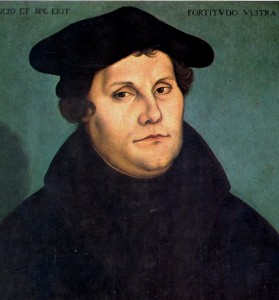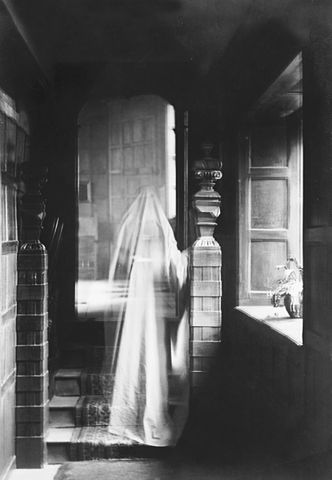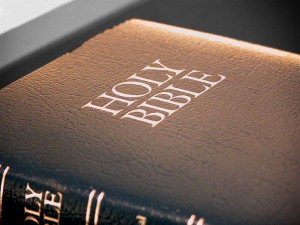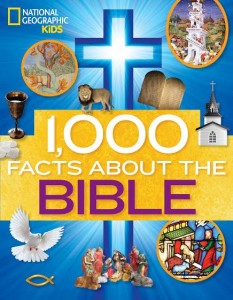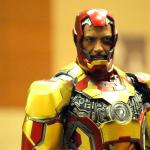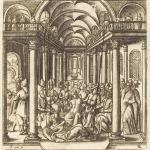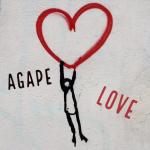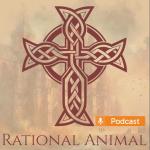 Awww…. The Detroit Zoo has just introduced its newest attraction, baby Bulgan—a three-week-old Bactrian camel.
Awww…. The Detroit Zoo has just introduced its newest attraction, baby Bulgan—a three-week-old Bactrian camel.
Weighing in at 102 pounds at birth, Bulgan is the offspring of mom Suren and dad Rusty, both four years old. Bulgan stands about three feet tall on skinny legs, and his coat is soft and grey. His twin humps (Bactrian camels have two humps, not just one like their cousin the dromedary) are soft now, composed mostly of skin and hair; but in six months they’ll be more defined as they fill with fat. When he’s fully grown, Bulgan will stand seven feet tall and weigh up to 1,600 pounds.
* * * * *
Camels are among the most common animals in the Scriptures.
 Jesus’ cousin John survived in the desert clothed in camel’s hair, with a loincloth of animal skins. He ate locusts (ugh!) and wild honey.
Jesus’ cousin John survived in the desert clothed in camel’s hair, with a loincloth of animal skins. He ate locusts (ugh!) and wild honey.
In the Old Testament, Rachel sat upon her camel’s furniture (saddle), hiding the idols; and Laban searched throughout the tent but was unable to find anything.
And of course, the Magi are frequently depicted riding camels, traveling from the East following the Star of Bethlehem.
* * * * *
Most famously, in Matthew 19 (and in parallel passages in Mark and Luke), Jesus warned that it was more difficult for a rich man to enter the kingdom of heaven than for a camel to pass through the eye of a needle.
 And just what was He talking about? One common interpretation is that the “eye of a needle” is a gate in Jerusalem, which opened after the main gate closed for the night. A camel could pass through this small gate only if its rider and all of its baggage were removed, and it was led stooping through the narrow entrance. Thus, the traveler would be much more vulnerable and would be less able to invade or harm the residents of the city.
And just what was He talking about? One common interpretation is that the “eye of a needle” is a gate in Jerusalem, which opened after the main gate closed for the night. A camel could pass through this small gate only if its rider and all of its baggage were removed, and it was led stooping through the narrow entrance. Thus, the traveler would be much more vulnerable and would be less able to invade or harm the residents of the city.
* * * * *
Dr. Bob, one of the founders of Alcoholics Anonymous, spoke often about the “prayer of the camel”. Dr. Bob explained that the camels in a caravan would kneel down in the evening, and the men would unload their burdens. Then in the morning, the camels would kneel down again, and the men would put the burdens back on. “It’s the same with prayer,” Dr. Bob said. “We get on our knees to unload at night. And in the morning when we get on our knees again, God gives us just the load we are able to carry for that day.”






